The Indonesia Textile Dyes Market is characterized by a dynamic landscape where various manufacturers and suppliers compete to meet the growing demand for textile dyeing solutions. This market is influenced by several factors, including consumer preferences for sustainable and eco-friendly dye options, stringent regulations regarding chemical use, and advancements in dye technology. In such a competitive environment, companies continuously seek strategies to enhance their market share, differentiate their product offerings, and cater to evolving customer needs.
The rise of the fashion industry in Indonesia, along with the country's significant textile manufacturing base, underscores the importance of understanding competitive dynamics and identifying key players within the market.
Clariant stands out in the Indonesian Textile Dyes Market due to its robust portfolio of innovative products that cater specifically to the local textile manufacturing sector. This company is recognized for its commitment to sustainability and environmental stewardship, providing solutions that minimize the ecological footprint associated with textile dyeing processes. Clariant's established brand reputation and strong customer relationships have bolstered its market presence, allowing it to leverage its operational strengths, such as advanced research and development capabilities that produce high-quality dye products tailored to the specific requirements of Indonesian textile manufacturers.
Additionally, Clariant’s strategic partnerships and collaborations within the region have further enhanced its competitive position, enabling it to respond swiftly to market changes and customer demands. SABIC has also made significant strides in the Indonesian Textile Dyes Market, primarily through its focus on providing high-performance and sustainable dye solutions. The company offers a broad range of key products that include specialty dyes and colorants designed to meet the stringent performance criteria of the textile industry.
SABIC’s presence in Indonesia is marked by its ability to provide localized support and expertise, which is critical for customers who are navigating the complexities of dye applications.
The company's strengths lie in its technological advancements and innovation in product development, allowing it to maintain a competitive edge. Furthermore, SABIC’s strategic initiatives, including mergers and acquisitions, have enabled it to expand its product offerings and enhance its market position in Indonesia, ensuring that it meets the growing demands of the local textile industry. Through its commitment to quality and sustainability, SABIC continues to solidify its reputation as a reliable partner for Indonesian textile manufacturers.


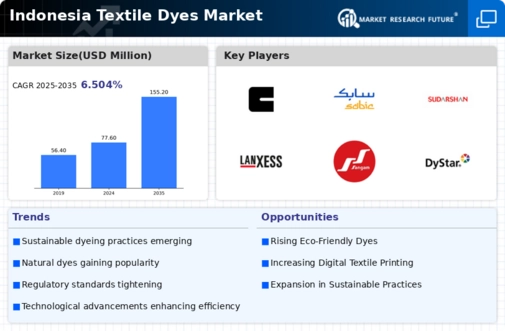
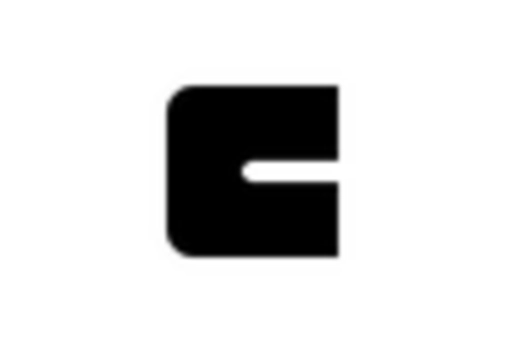
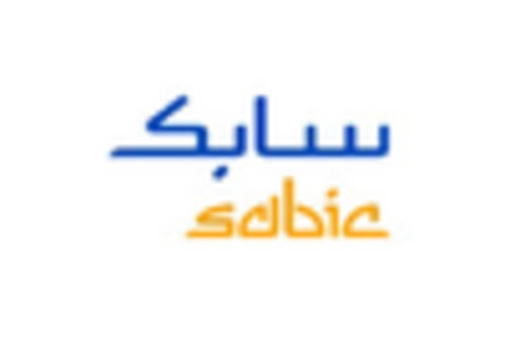
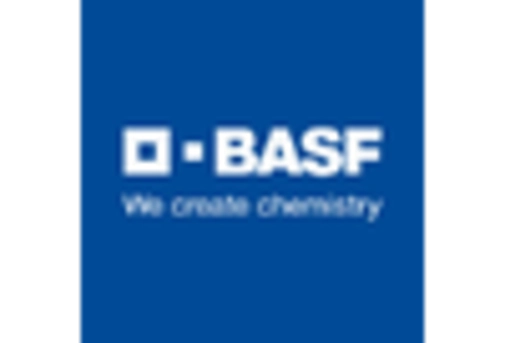
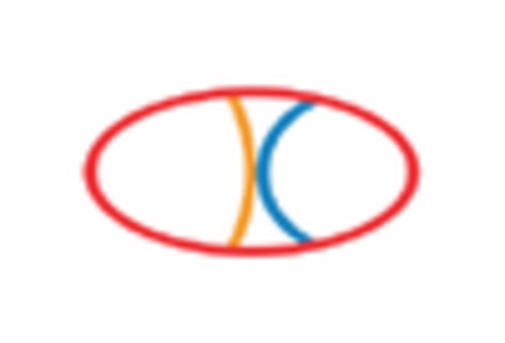
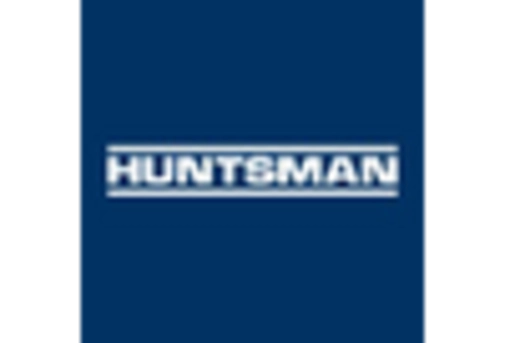
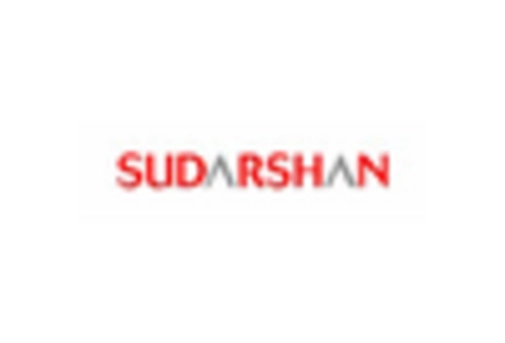
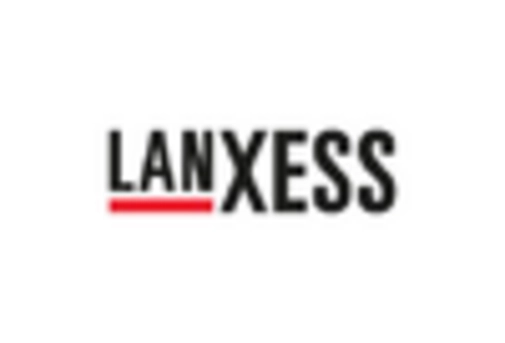
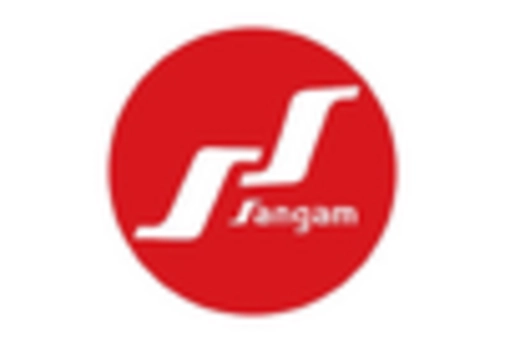
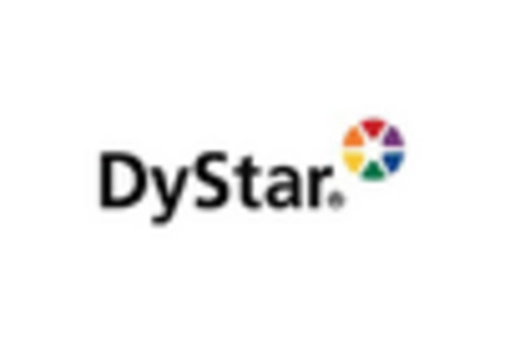








Leave a Comment